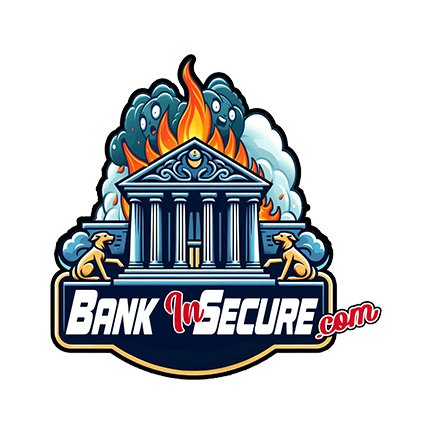Commercial Real Estate Risk – Who cares, right?

BankInsecure.com
June 23, 2025
Why does CRE risk matter to the everyday consumer? I don’t own commercial real estate. Why should I care? Why does it make a difference where I bank?
For reference, here is what is going on with commercial real estate -> CLICK HERE.
Why does it matter to me, the everyday consumer? How does it impact my decision on where to bank
Commercial real estate (CRE) distress in banks might sound like a niche financial issue, but it can ripple out and affect everyday consumers in some very real ways:
- Tighter credit for small businesses: Regional and smaller banks hold a large share of CRE loans—about 4.4 times more than big banks. If those loans start to go bad, banks may pull back on lending, especially to small and medium-sized businesses that rely on them. That could mean fewer jobs, slower local growth, and less access to credit for entrepreneurs.
- Higher borrowing costs: As banks face losses or uncertainty, they often raise interest rates on other types of loans—like mortgages, car loans, or credit cards—to protect their balance sheets. That hits consumers directly in the wallet.
- Reduced property values: If distressed CRE properties (like office buildings or apartment complexes) are sold off at steep discounts, it can drag down nearby property values. That could affect homeowners’ equity and local tax revenues, which fund schools and services
- Slower economic recovery: CRE distress is often tied to broader economic shifts—like remote work reducing office demand. If banks are stuck with underperforming assets, they may be less able to support economic growth through lending.
In short, while you might not own an office tower, the health of the commercial real estate market—and the banks that finance it—can quietly shape the financial landscape you live in.
Some considerations when deciding where to bank
While the large banks may appear to offer stability, it is not always the case. Each institution is different, however, it may be wise to consider the following.
Credit Unions and Community Banks: These institutions often have a stronger direct link to local economic health. If they are well-managed and not overexposed to struggling CRE sectors, they can be a source of stability. They often have more transparent operations and a direct interest in the well-being of their local members/customers.
Member-Owned vs. Shareholder-Owned: Credit unions, being member-owned, have a different incentive structure that often prioritizes member well-being and stability over maximizing shareholder profits, which can translate to more conservative lending and lower fees.
Remember, whether you deposit to a large bank, regional or community bank, or credit union, your deposits are insured by the FDIC or NCUA up to $250,000. Just keep your eyes open when making these decisions.
For this and more consumer banking risk news, be sure to visit BANKINSECURE.com
